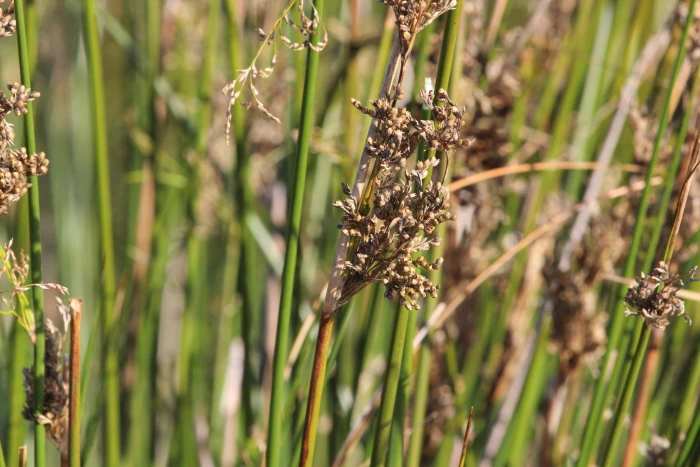Great Soft-Rush
(Juncus pallidus)
Great Soft-Rush (Juncus pallidus)
/
/

Joe Potter Butler
CC BY 4.0
Image By:
Joe Potter Butler
Recorded By:
Copyright:
CC BY 4.0
Copyright Notice:
Photo by: Joe Potter Butler | License Type: CC BY 4.0 | License URL: http://creativecommons.org/licenses/by/4.0/ | Rights Holder: Joe Potter Butler | Publisher: iNaturalist | Date Created: 2015-06-06T15:00:59-07:00 |




















Estimated Native Range
Climate Requirements for Castle Rock, Colorado
| This Plant | Your Site | Plant Suitability for Your Location | ||
|---|---|---|---|---|
| • Precipitation | 11" - 151" | 17" | Your precipitation may be insufficient for this plant. Irrigate N" / year. | Irrigate N" / year |
| • High Temp. | 61°F - 98°F | 86°F | Your summer temperatures are normal for this plant. | Excellent |
| • Low Temp. | 27°F - 61°F | 13°F | Your winter temperatures may be too cold for this plant | Too cold |
This plant should grow well at your location with about N inches per year (Y minutes per month) of irrigation.
Summary
Juncus pallidus, commonly known as Great Soft-rush or Pale Rush, is a perennial herbaceous plant native to wetlands, marshes, and the edges of freshwater bodies in southern Australia, New Zealand, Norfolk Island, and Lord Howe Island. It typically grows to a height of 1.5 to 2 meters and forms dense clumps of pale green, cylindrical stems. The inflorescences are loose clusters of small, greenish-brown flowers that appear in spring and summer, though they are not particularly showy. This species does not produce significant bark, berries, or fruit, but its architectural form and texture are valued in garden settings.
Great Soft-rush is appreciated for its ability to thrive in wet conditions and is often used in water gardens, around ponds, and in constructed wetlands for water purification. It is also used for erosion control and as habitat for wildlife. Juncus pallidus prefers full sun to part shade and requires consistently moist to wet soil conditions. It is relatively low maintenance, but gardeners should be aware of its potential to spread if conditions are ideal. In regions where it is not native, it can become invasive, so it is essential to consult local regulations before planting.CC BY-SA 4.0
Great Soft-rush is appreciated for its ability to thrive in wet conditions and is often used in water gardens, around ponds, and in constructed wetlands for water purification. It is also used for erosion control and as habitat for wildlife. Juncus pallidus prefers full sun to part shade and requires consistently moist to wet soil conditions. It is relatively low maintenance, but gardeners should be aware of its potential to spread if conditions are ideal. In regions where it is not native, it can become invasive, so it is essential to consult local regulations before planting.CC BY-SA 4.0
Plant Description
- Plant Type: Grass
- Height: 3.3-7 feet
- Width: 1.6-3.3 feet
- Growth Rate: Moderate
- Flower Color: N/A
- Flowering Season: Summer
- Leaf Retention: Semi-deciduous
Growth Requirements
- Sun: Full Sun, Part Shade
- Water: Medium, High
- Drainage: Medium, Fast
Common Uses
Bird Garden, Erosion Control, Low Maintenance, Water Garden
Natural Habitat
Wetlands, marshes, and the edges of freshwater bodies
Other Names
Common Names: Pale Rush, Giant Rush
Scientific Names: Juncus pallidus, Juncus brownii, Juncus macrostigma
GBIF Accepted Name: Juncus pallidus